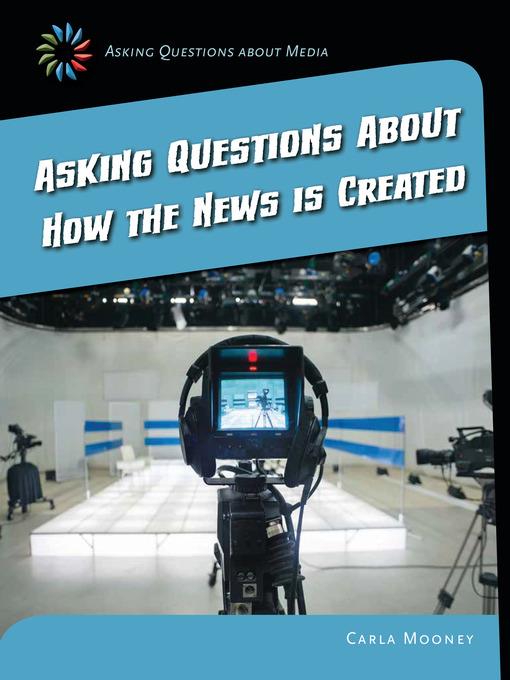
Asking Questions about How the News Is Created
21st Century Skills Library: Asking Questions About Media
فرمت کتاب
ebook
تاریخ انتشار
2015
Lexile Score
990
Reading Level
5-7
ATOS
6.2
Interest Level
4-8(MG)
نویسنده
Carla Mooneyشابک
9781633625211
کتاب های مرتبط
- اطلاعات
- نقد و بررسی
- دیدگاه کاربران
نقد و بررسی

November 1, 2015
Gr 4-6-Asking questions is the first step to forming an opinion about a topic, and this series urges readers to think more deeply about and challenge assumptions about the media. The authors deconstruct the issues and encourage students to contemplate who might be behind the commercials, pop culture, political ads, and other forms of media they are consuming and what they might be trying to accomplish (or manipulate). A "Think About It" page at the end of each volume attempts to keep audiences asking questions and analyzing their perspectives. Although the subjects are as relevant as they are important, at 32 pages each, the books are almost too brief to effectively explore the issues. However, the series could be a useful jumping-off point for discussion about approaching media with scrutiny. VERDICT Fine options for exploring media literacy.
Copyright 2015 School Library Journal, LLC Used with permission.

October 1, 2015
Grades 4-7 This title in the Asking Questions about Media series focuses on four areas in news reporting: how headlines are chosen, how news companies grab readers' attention, how and why readers interpret news differently, and bias in news reporting. Within each topic, the author introduces concepts, such as the use of charismatic broadcasters to deliver television news, and promotes reflection by asking such questions as why some news stories are placed more prominently in newspapers and on news websites. Fact boxes and glossy color photos supplement the text, while case studies consider trends and debates in news reporting. In this well-rounded resource, children don't just learn about different types of news media and their impact on audiences; they also see how to be critical consumers of news themselves.(Reprinted with permission of Booklist, copyright 2015, American Library Association.)

























دیدگاه کاربران